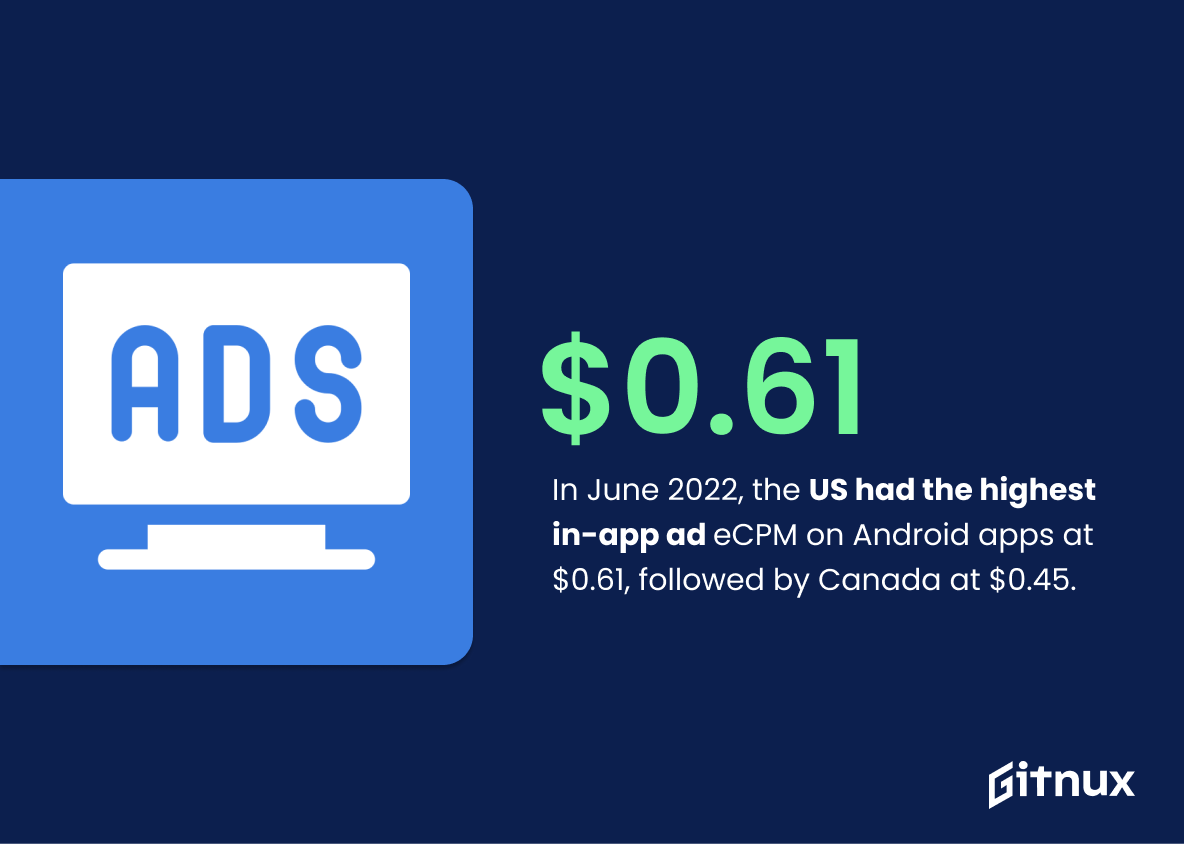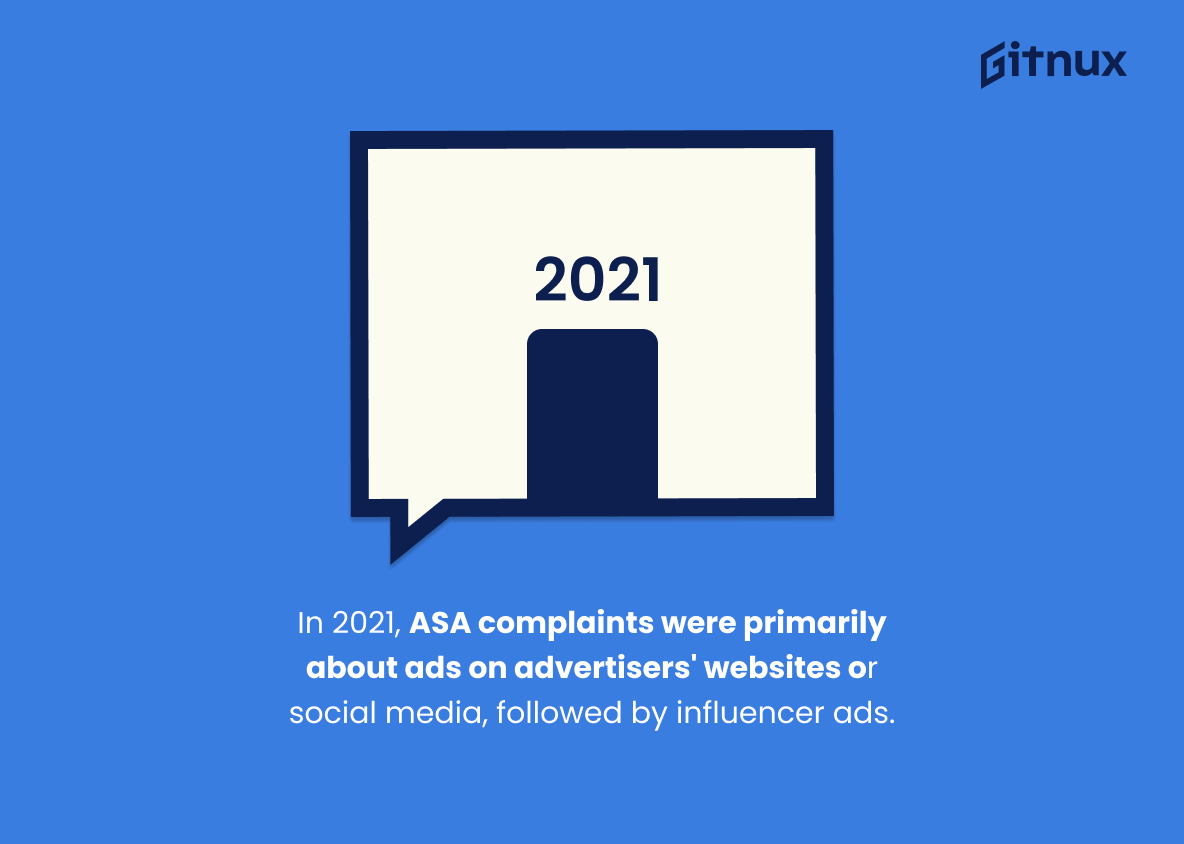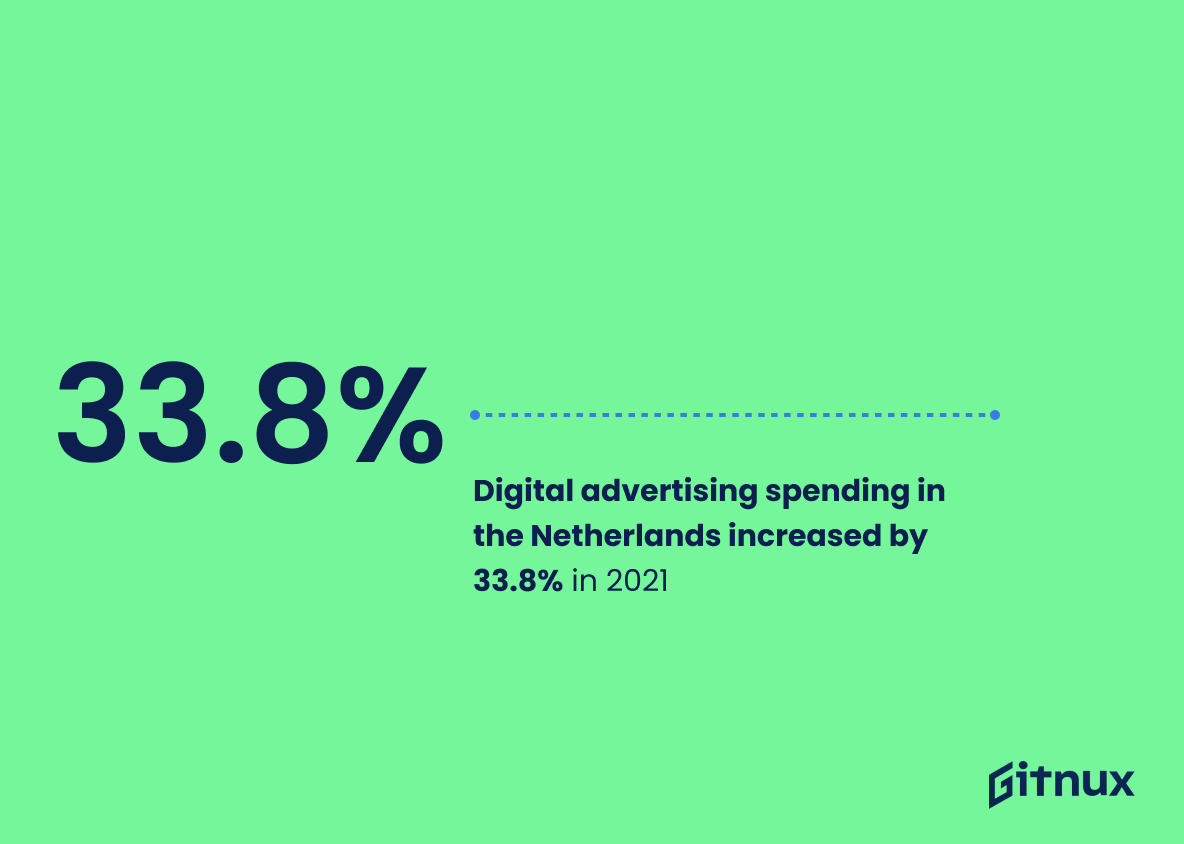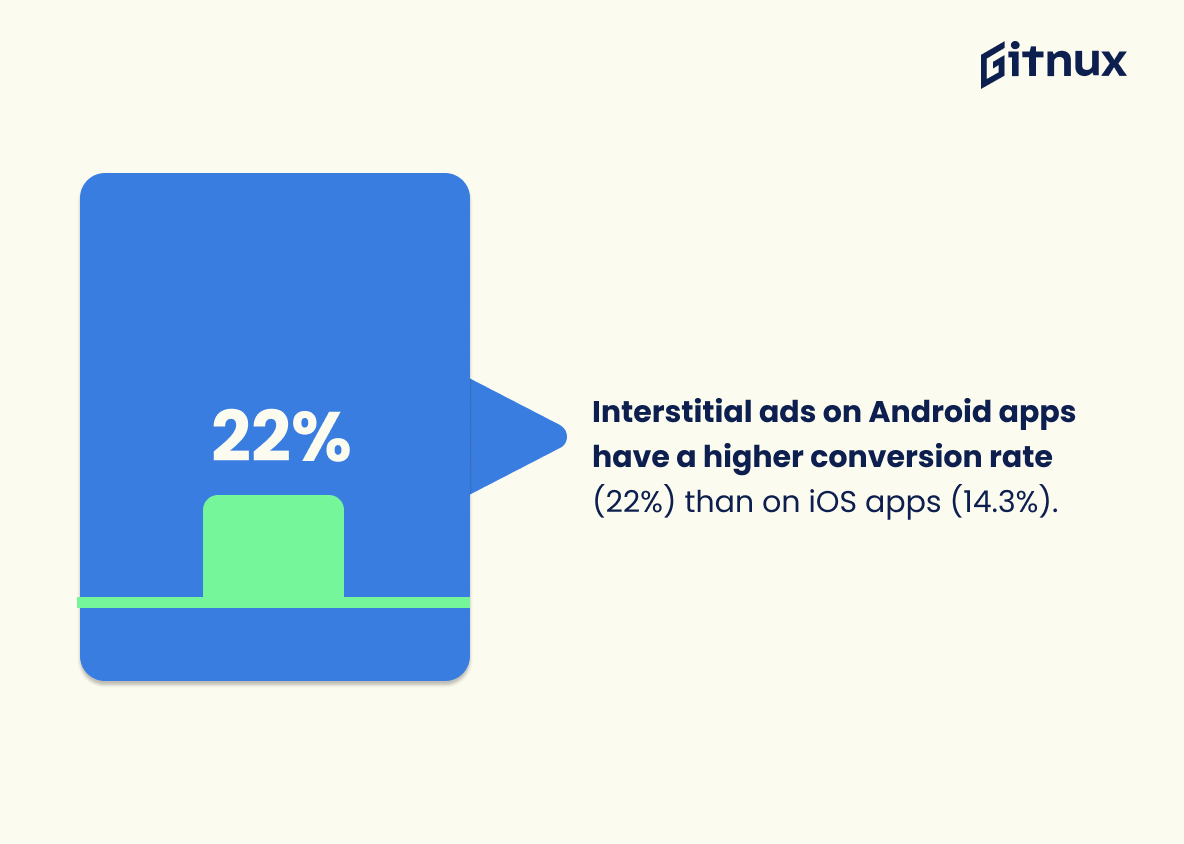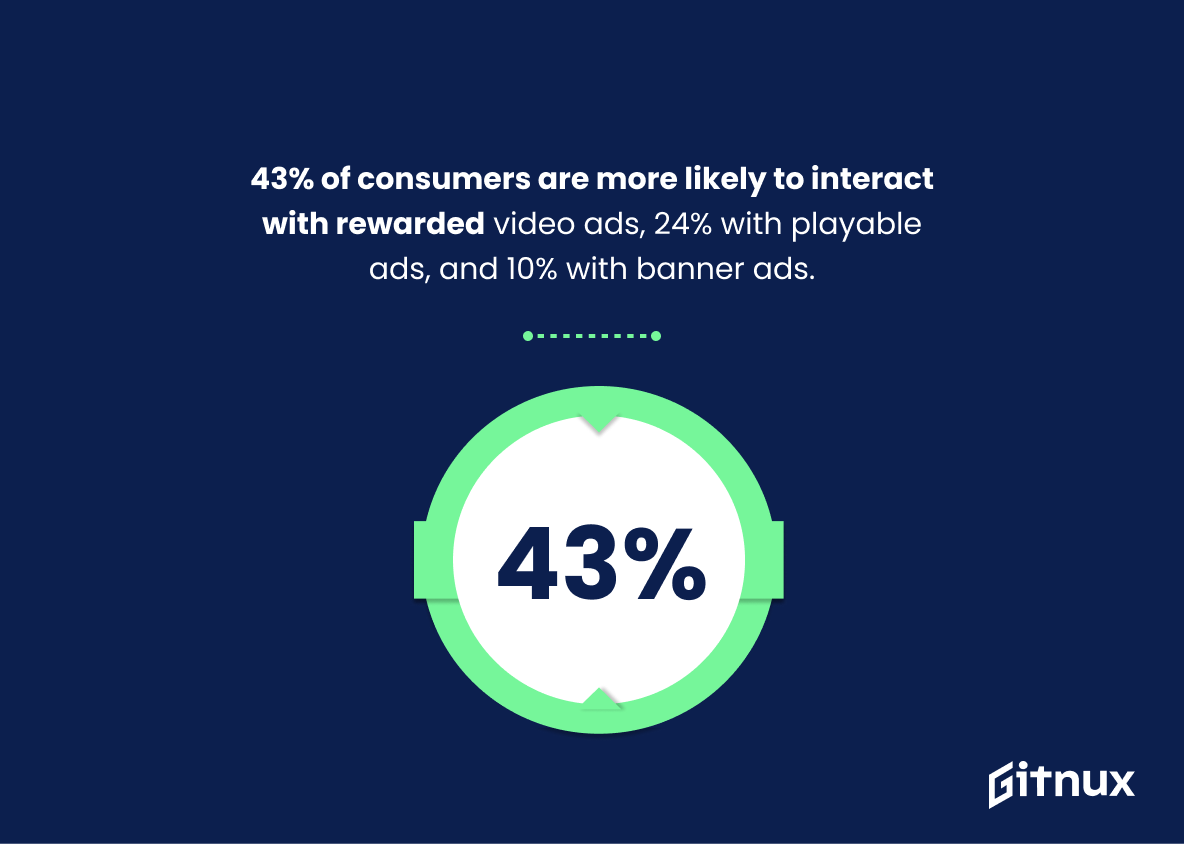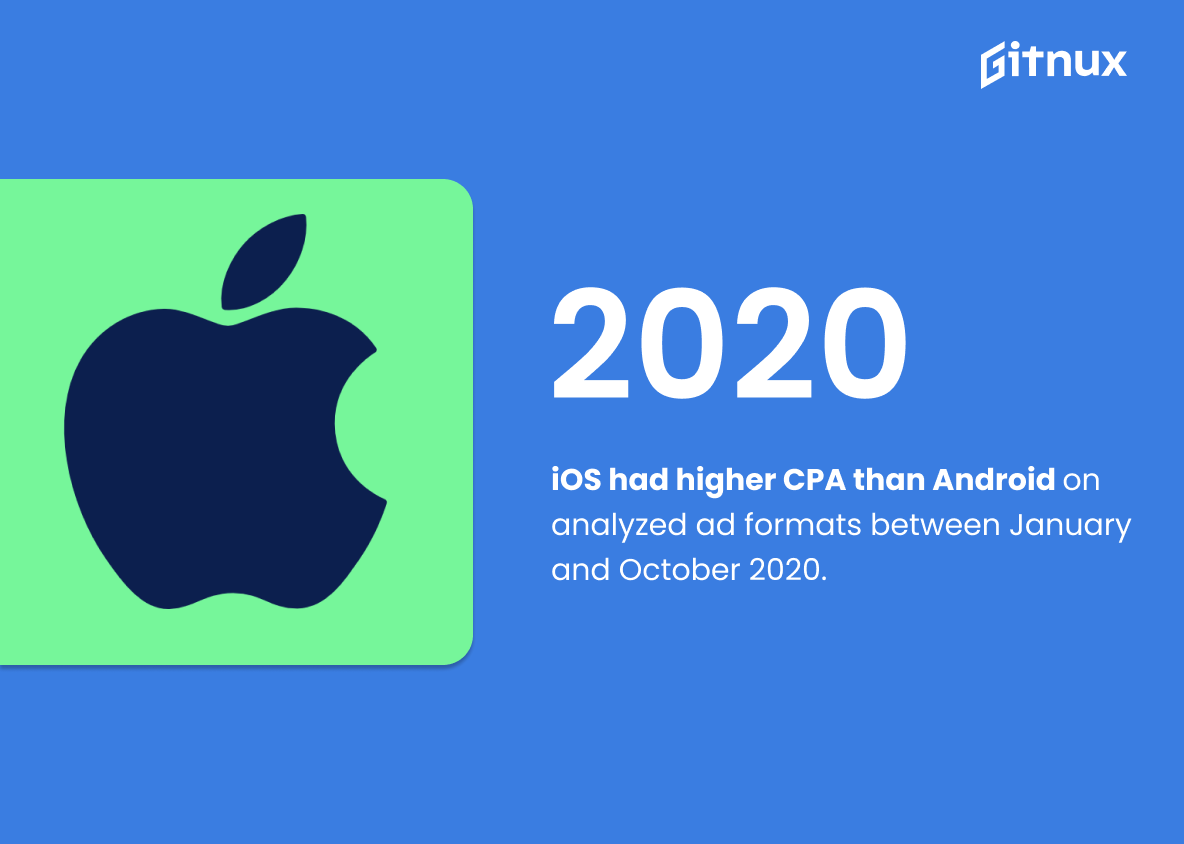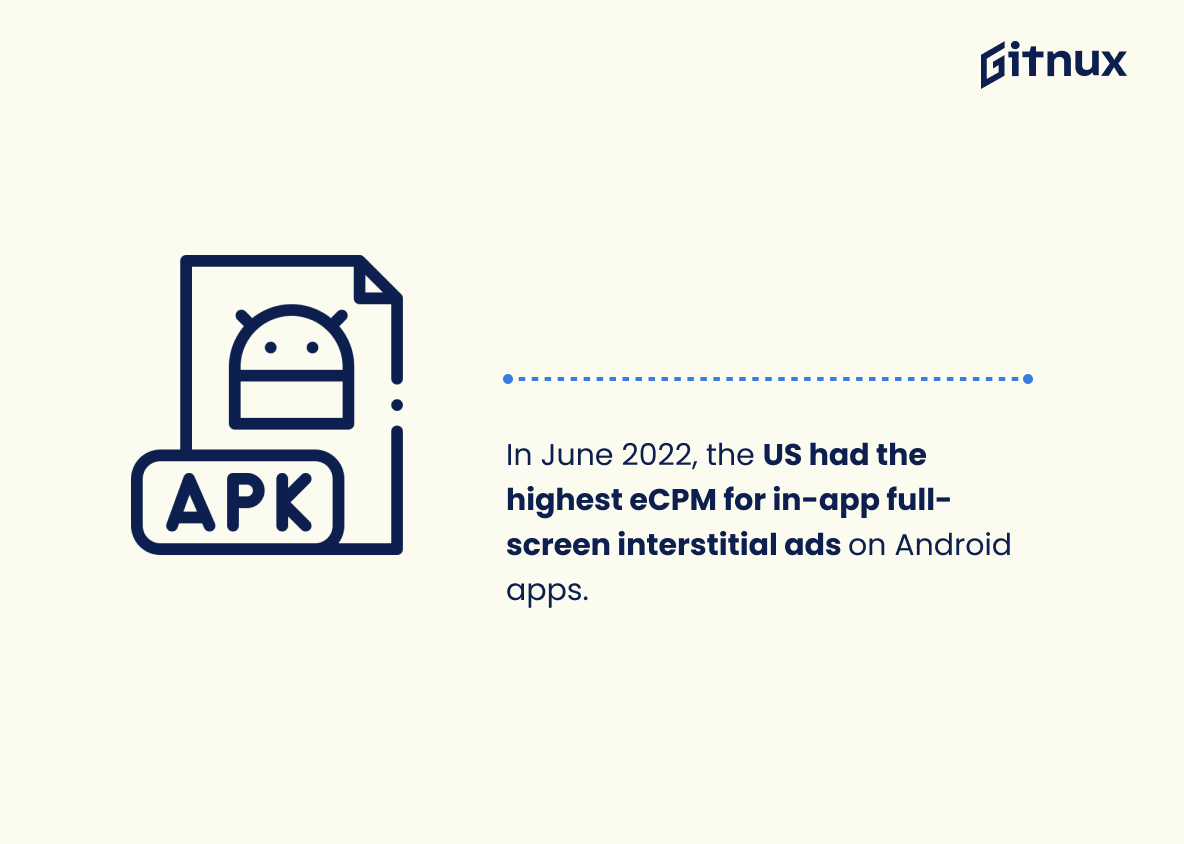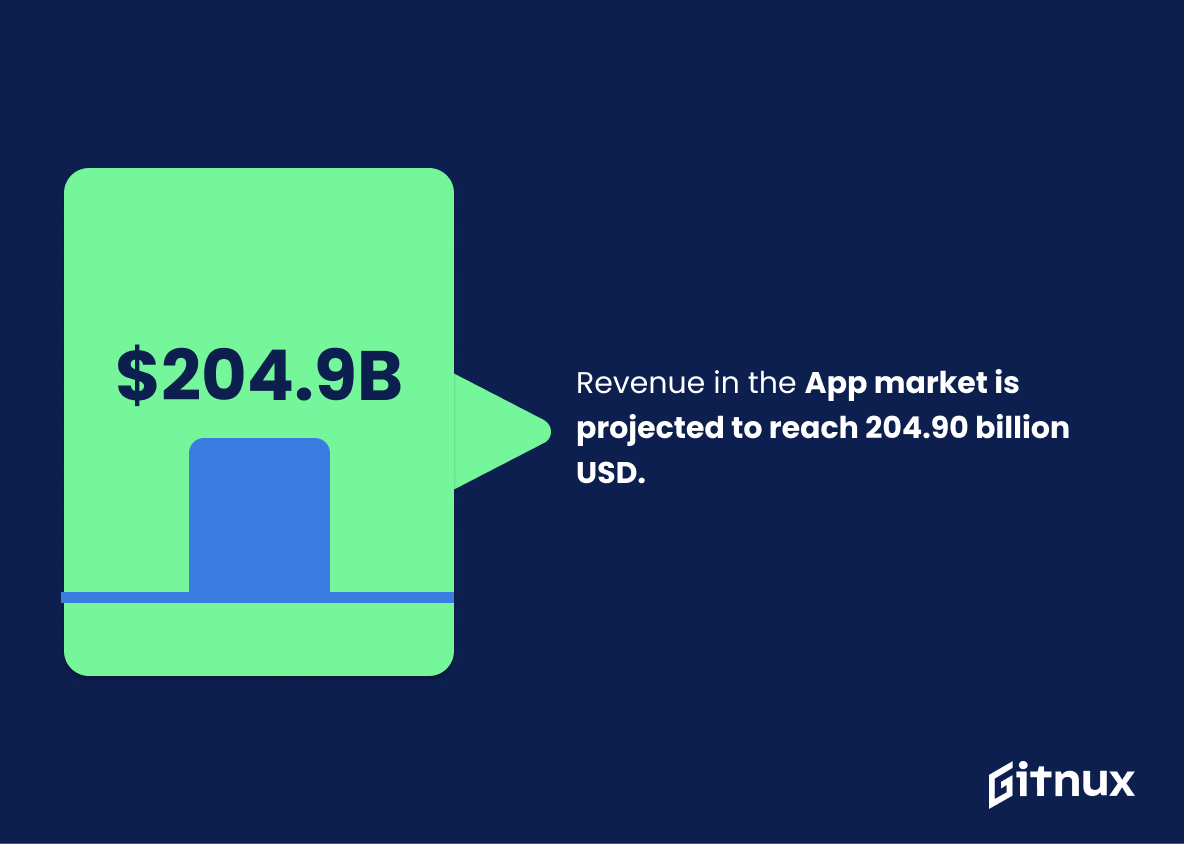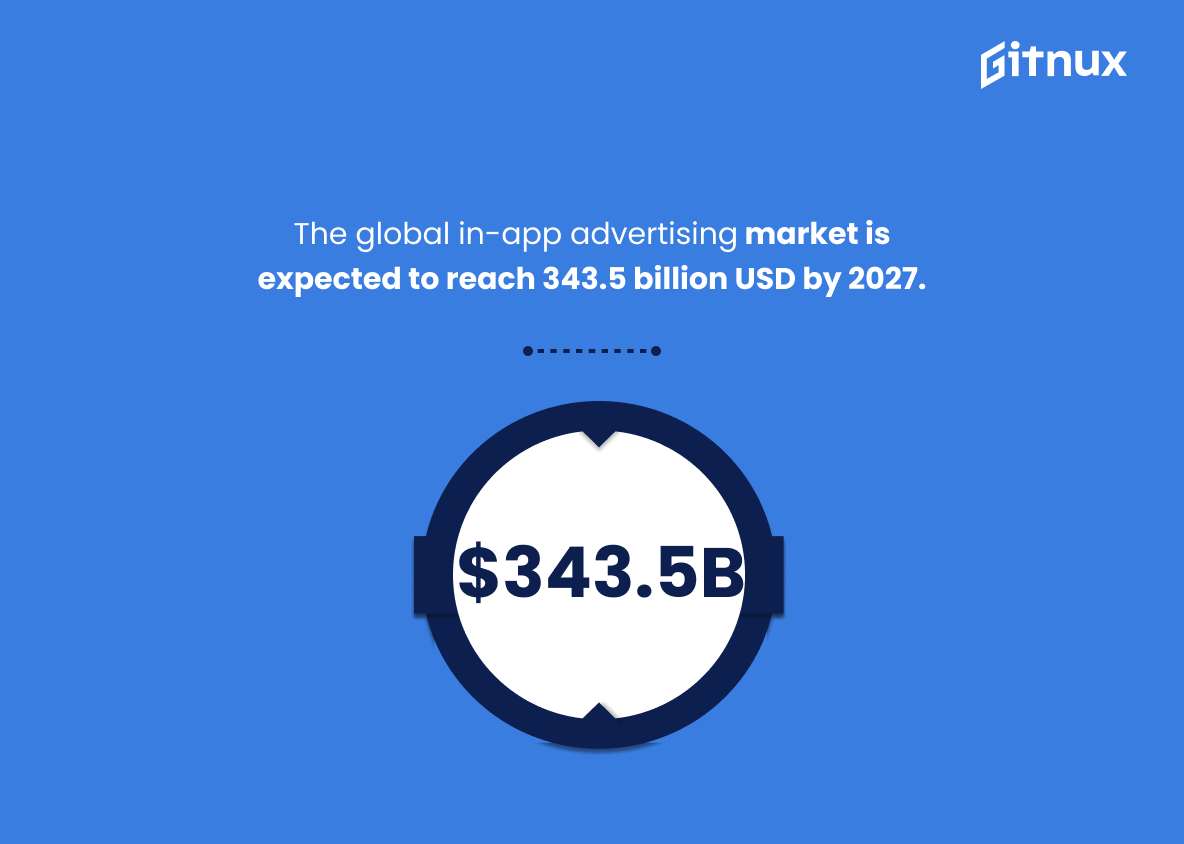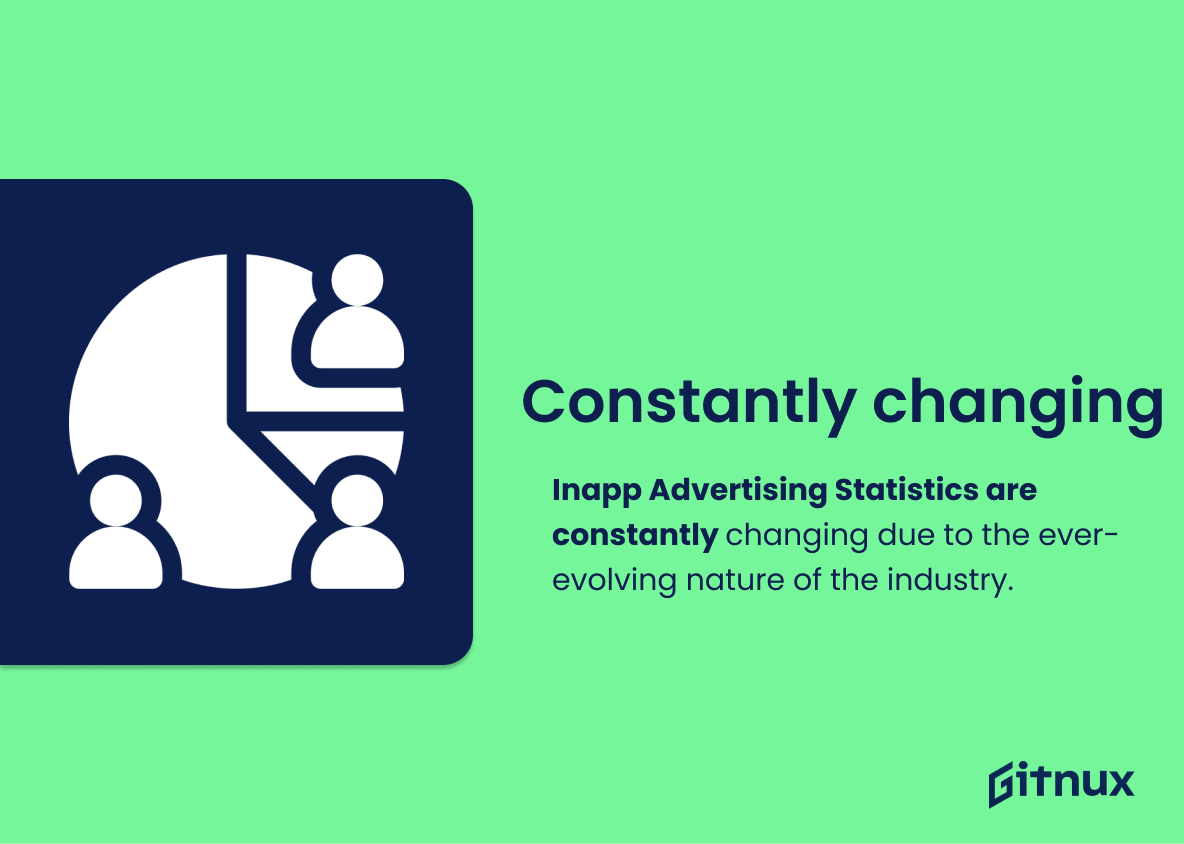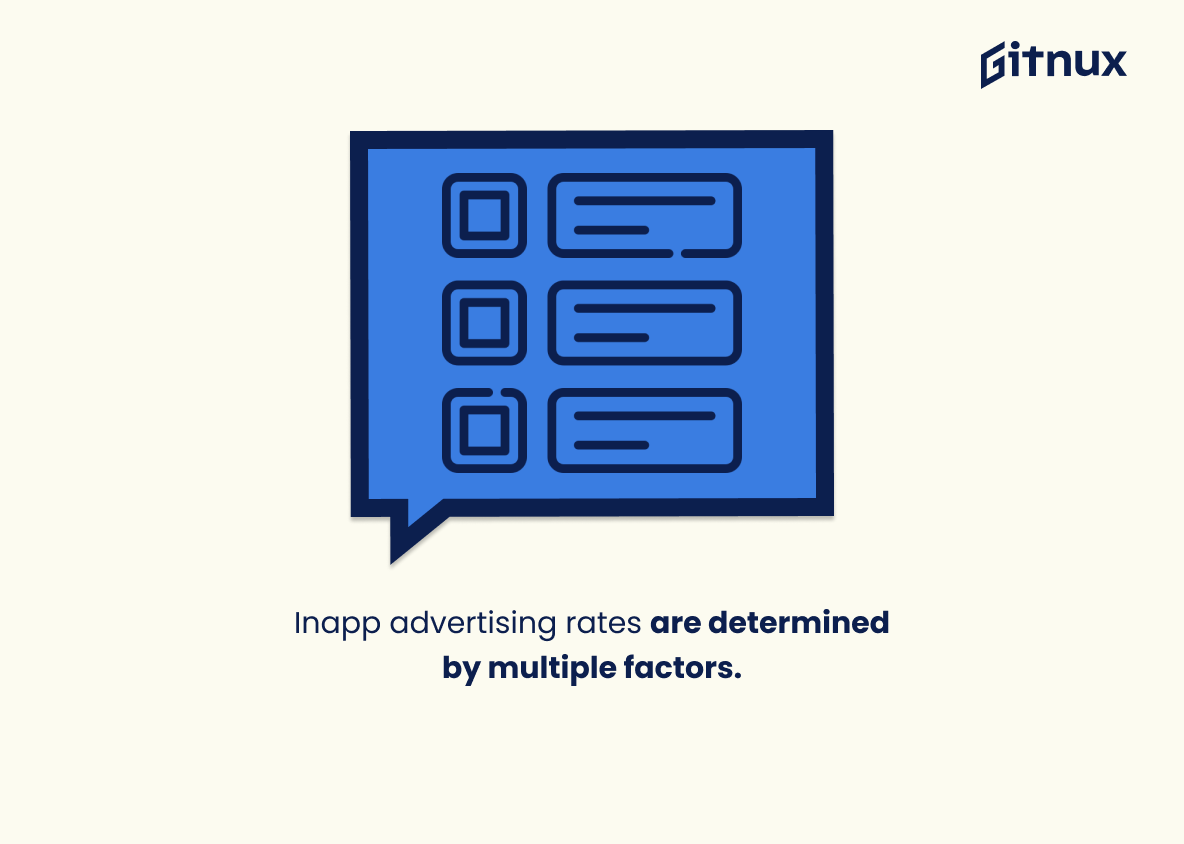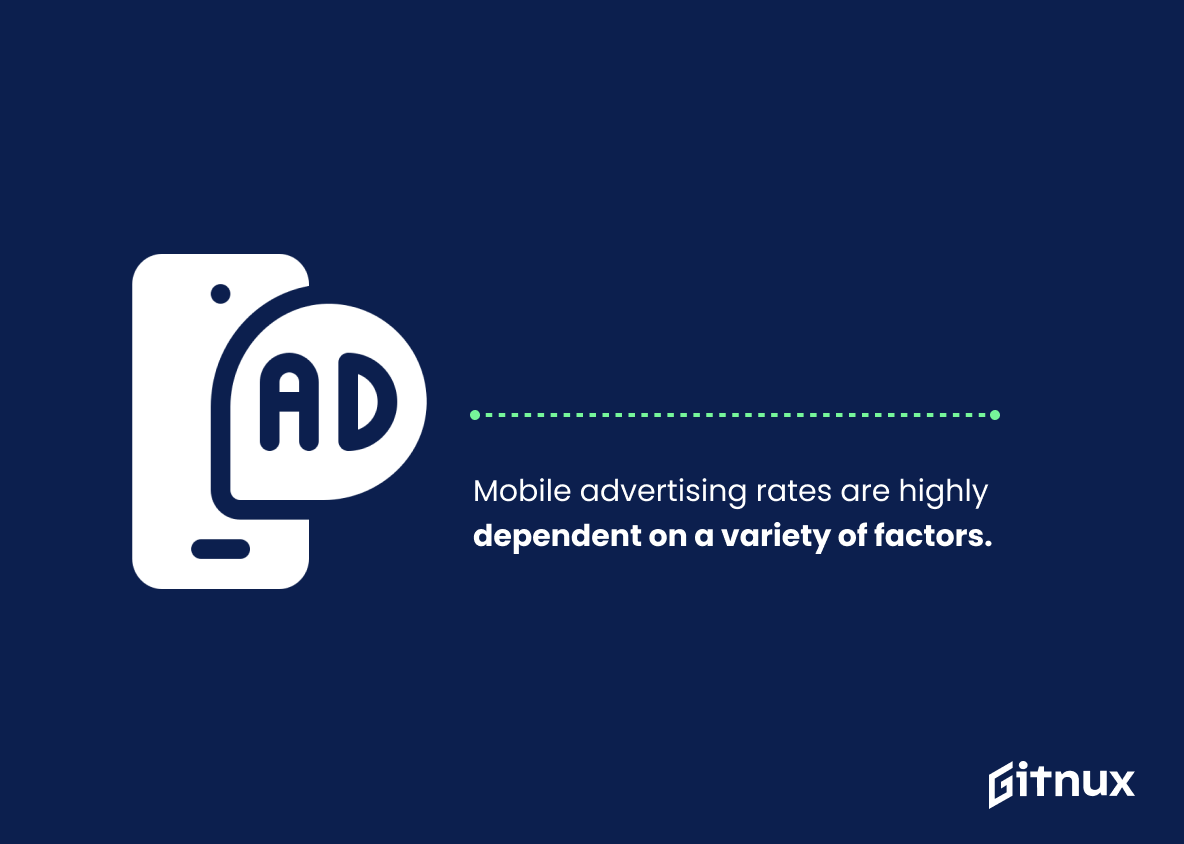In today’s world, the internet has brought a drastic change in our lifestyle. The majority of the world has at least one phone in their possession and access to the internet. There is also a spectacular surge in app usage on mobile devices, the popularity of which is dramatically increasing as well.
Companies are trying to adjust to the new era by increasing their income in any way possible. Therefore, they use the powerful tool of In-App advertising to promote their business, attract more customers and increase their profit. So let’s look through the most interesting in-app advertising statistics together. The numbers speak for themselves.
In-App Advertising: The Most Important Statistics
- People spend more than 90% of their mobile time using applications.
- The prediction for the overall mobile app market is for continuous growth, reaching a staggering $935 billion in revenue in 2023.
- There are more than 5 million apps out there.
In-app advertising revenue and mobile apps statistics
The mobile app is a software application, developed to be used on mobile devices. When using a phone, tablet, or even a smart-watch, mobile apps are way faster and easy to use than regular websites. This is partly why they are becoming a major focus for software developers, allowing the market to constantly grow. Mobile apps are taking over websites.
People spend more than 90% of their mobile time using applications.
In-app ads increase retention by 4x.
The click-through rate (CTR) for in-app ads is 0.56% globally, compared to the 0.23% that mobile web ads see.
There are more than 5 million apps out there.
Mobile app downloads increased by 10% compared to the previous year.
Users are spending $380 billion worldwide on in-app purchases.
Google Play generated $36.7 billion, followed by the App Store of $31.8 billion in sales of Q1 in 2021.
The prediction for the overall mobile app market is for continuous growth, reaching a staggering $935 billion in revenue in 2023.
98% of Google Play revenue comes from free apps.
The amount of in-app purchases will be almost $399.6 billion by 2024.
In-app ads are working well for advertisers compared to other ways of advertising. Most impressions on ads came from android devices in 2019 and in 2021, when in-app advertising reached $201 billion of business.
What is the role of social media and in-app advertising platforms?
Mobile ads are everywhere, and they make a lot of money. The rise of the smartphone industry has opened new horizons for digital marketing. A classic example of in-app advertising on Social Media Platforms is when we search for a product or service on Google search. The next thing we know, all the apps we use are filled with ads concerning what we looked for. Below, we have some interesting in-app advertising statistics regarding this.
The UK was forecast to see the highest social media advertising revenue out of all European markets, with approximately $12 billion in revenue.
In 2021, Facebook was the most popular social networking application for shopping in Colombia, used by nearly three-quarters (72%) of respondents.
Instagram allocated $390 million to marketing, more than doubling its 2019 marketing spend.
Email marketing has an ROI of 3200% because sending emails before 10.30 am on Thursdays could increase your click-through rate by 25%.
Q1 of 2020 showed that Snapchat had 229 million daily users.
Google Chrome drives 61.1% of all mobile search traffic.
92% of Facebook’s advertising revenue comes from mobile.
Two-thirds of the budget Amazon spent on digital ads was mobile.
According to a survey, only 5% of app users make in-app purchases (IAP) and make money for apps.
In-app media time accounts for 26% of total media time and 88% of mobile media time in North America.
More than two-thirds of brands (68%) rely on IAA to promote their products or services, according to a study.
The usage of AR and VR will increase growth opportunities in in-app advertising.
What are the in-app advertising advantages?
We could say with absolute certainty that there are both advantages and disadvantages to in-app advertising. Companies have to make their ads both time and space efficient while still covering the essential points of their business.
Only half of today’s smartphone owners do not conduct mobile searches.
There are more than 8.9 billion mobile connections or end-users in the world, as per GSMA.
Here are the five top benefits of in-app advertising that marketers should use to maximize their profits.
1. Users are spending more time on different apps
There are more than six billion smartphone users. Which means more than 80% of the population has access to one. Moreover, there is an annual increase of 5 to 8% in the number of users.
2. Higher click-through rates: Benefits of in-app advertising
You can achieve a click-through rate greater than 0.50% compared to the average click-through rate of web advertising which stands at 0.20%.
Moreover, such studies indicate that in-app-based advertising performs better than basic banner ads.
3. Better targeting
Ever wondered, how it’s possible that after looking for a particular watch on an eCommerce website, later when you open your social media app, you find an in-app advert marketing the same product. This is the magic of accurate in-app ad targeting.
4. More personalized advertisements
In-app-based advertising modes enable publishers to create better-custom ads. That has a better chance of convincing audience members to engage with the ad, which increases your click-through rate.
When the user gives the developer permission to collect the data. It gives marketers more control over what they can display to the user.
5. In-app-based advertising is not affected by Adblock
When the advertisements are not relevant to the user, they get intrusive, which hinders the user experience. Thus, the user blocks such ads.
On the other hand, in-app-based advertising is unbothered by adblocker since it displays ads inside the application. When the user downloads the ads, it permits the developer to display ads.
What are the in-app advertising disadvantages?
The total cost of ad fraud in 2022 is $81 billion, predicted to increase to $100 billion by 2023.
According to Interceptd, 31% of iOS app and 25% of Android app installs are fraudulent.
Fraud attempts are 25% lower for in-app advertising than on the web.
Mobile advertising is a sort of interruption marketing. It enables firms to develop a memorable message, which may be advantageous. It becomes a disadvantage when the user’s mobile experience is disrupted in any manner, causing irritation.
With the advent of technology in the field of advertising, the field of mobile advertising was born and is without a doubt one of the most efficient ways to contact potential consumers.
Ads and ad campaigns created specifically for mobile devices are referred to as mobile advertising.
Conclusion
While in-app advertisements may seem irritating at first glance, they actually benefit the app users as they save them precious time by presenting them products relevant to their preferences. With an “attack” of ads in every single application we use, businesses are able to maximize their revenue in a way which was unattainable before. This is why it is evident that they will definitely be the protagonists of the future market.
References:
Publift: “93 Essential In-App Advertising Statistics to Know in 2023”, cited in February 2023 (Source)
Techjury: “17 App Revenue Statistics – Mobile Is Changing the Game in 2023”, cited in February 2023 (Source)
Statista: “Mobile advertising spending worldwide from 2007 to 2024”, cited in February 2023 (Source)
Statista: “Social media advertising spending in selected countries in Europe in 2022”, cited in February 2023 (Source)
Statista: “Marketing budget of Instagram from 2018 to 2021”, cited in February 2023 (Source)
Statista: “Most popular social media apps for purchases in Colombia in 2021”, cited in February 2023 (Source)
Techjury: “31+ Awesome Mobile Marketing Statistics for 2023”, cited in February 2023 (Source)
Globenewswire: “In-App Advertising Market is Expected to Reach USD 312.48 Billion at a CAGR of 17.32% by 2030 – Report by Market Research Future (MRFR)”, cited in February 2023 (Source)
BusinessofApps: “Ad Fraud Statistics (2023)”, cited in February 2023 (Source)
ZipDo, cited June 2023: In App Advertising Statistics
